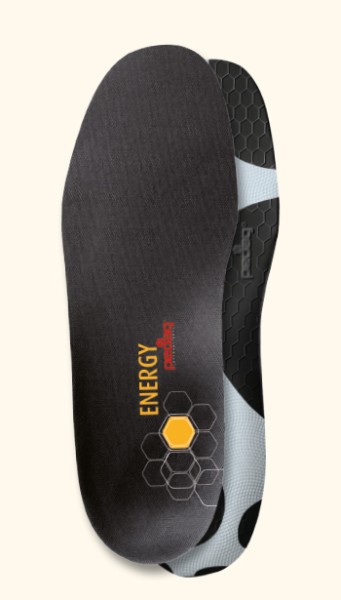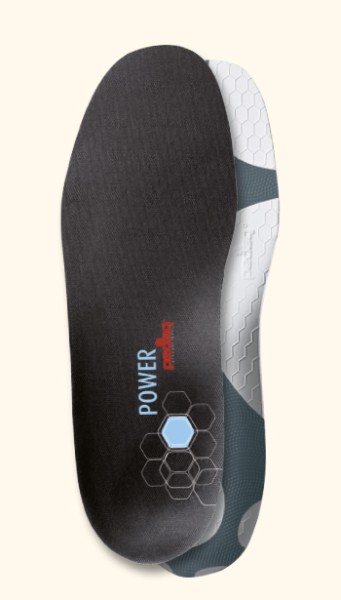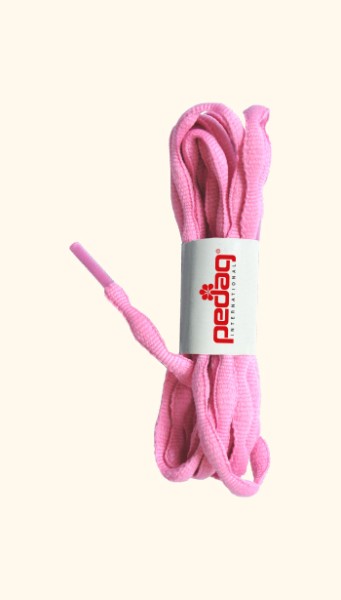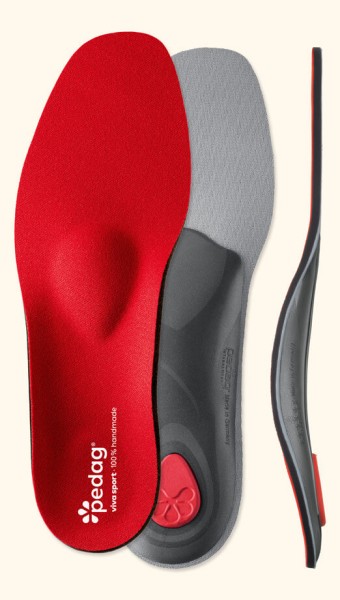Runners know: Finding the right shoes is often not so easy. You have to know a lot about your running style, the leg position and the motion of your feet. It is best to visit a specialist shop with comprehensive running style analysis. But even a shoe that fits to your running style and foot can cause discomfort during longer runs. Every runner knows blue toenails, pain on the instep or blisters. We present three lacing techniques that can provide relief.
Especially runners who are preparing for a longer run for the first time, for example for the half-marathon or the marathon distance, often notice one or the other problem area on their feet despite well-fitting shoes. For pain in the arch of the foot, a sports foot support can help to improve the connection between foot and shoe, for other problems the right lacing technique can help.
1. Blue toe nails
Dark discolorations under the toenails are particularly common. These are bruises that occur when the toes are permanently in contact with the tip of the shoe or the upper material during running. This may not be a problem with a fast 5 or 10 km unit, but when the distances get longer the toes start to hurt.

The lacing technique: Thread the laces as usual from outside to inside in the first two eyelets, thread the outer laces diagonally through the opposite uppermost hole, thread the remaining lace from below into the next opposite eyelet, then thread them into the hole lying straight opposite (from outside to inside) and again from inside to outside into the next opposite eyelet... Make sure that the lace ends are of equal length. This lacing pulls up the toe box.
2. Bad hold of the heel
If you often have blisters on your heel after running or have the feeling that your heel slightly slips out of your shoe, you do not have sufficient support on your heel. The so-called "marathon lacing" can help here.

The lacing technique: Thread the laces upwards as usual (the existing lacing does not have to be loosened), leaving out the last two eyelets. Thread both laces from the outside into the eye directly above, so that a small loop is formed on both sides. Thread each other’s lace crosswise through this loop and tighten. There are running shoes that have a second eyelet next to the top eyelet. In this case, use the second, adjacent eyelet to form the loop. This lacing technique for running shoes gives the heel better support.
3. Aching back of the foot (instep)
Pain on the back of the foot often occurs when the shoe has been laced too tightly. This may not be a problem with short distances, but when the runs become longer pressure points can arise that can really spoil the fun of running. Especially annoying when this happens during the competition and the instep begins to hurt.

The lacing technique: The lacing technique: Thread the laces as usual from the outside to the inside in the first two eyelets, then thread crosswise and leave out the eyelets where you locate the aching point on the back of the foot. At this point lead the laces parallel along the outside into the next eyelet, and then continue threading crosswise. This relieves the pressure on the aching point on the instep.
Choosing the shoelace
Shoelaces that open during the run also belong to the "problem areas" of athletes. Either a double knot or the right lace helps here! For example, there are special corrugated laces for running shoes that do not come off so quickly or more expensive lacing systems with elastic laces that need to be adjusted once and then no longer opened.
pedag. Well laced is half won.





